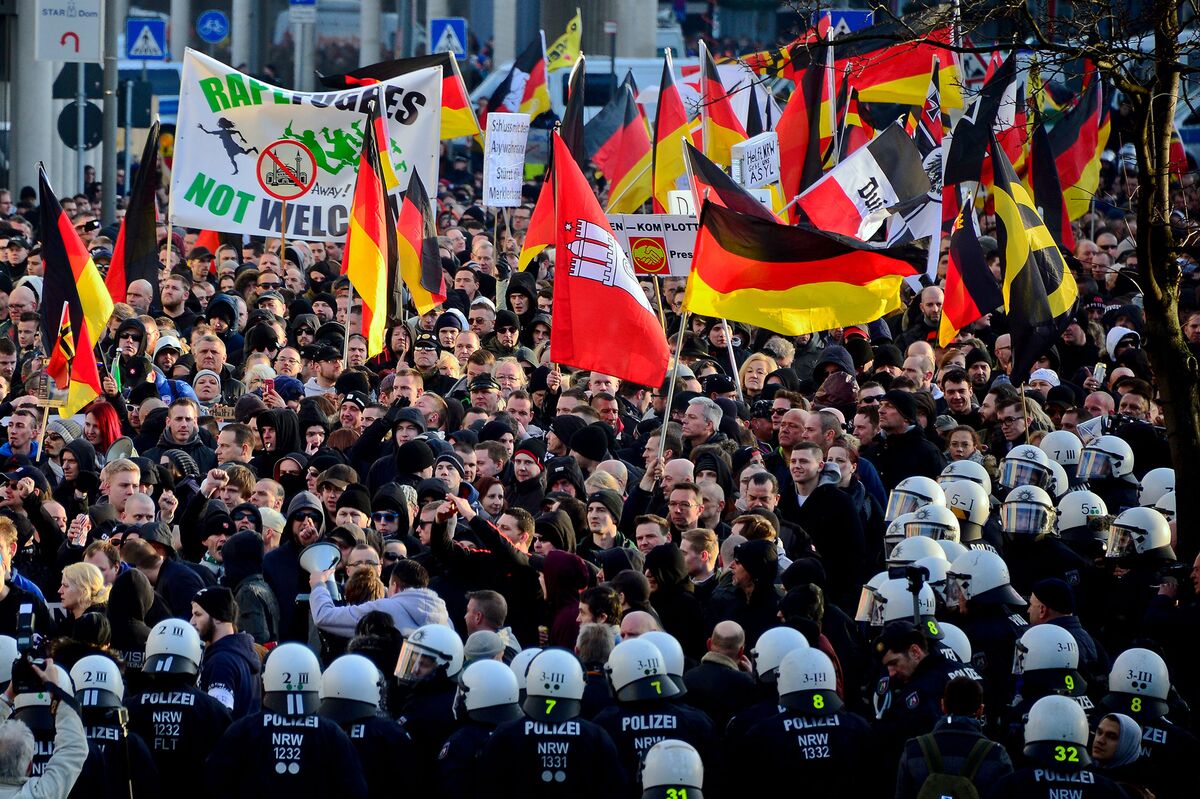The German city of Cologne will refrain from divulging the location of new asylum accommodation until the final stages of its construction due to the discontent felt by locals who then attempt to thwart the process.
The city government’s Head of Social Affairs Harald Rau revealed that the area was under pressure to accommodate greater numbers of migrants, needed to expedite new housing initiatives, and simply couldn’t afford for local residents to hold up their development.
“We will not provide information about every item under review. We can only name the property at a more advanced stage and cannot respond to all of the usual objections to the construction of new accommodation,” Rau told journalists.
It means that homeowners could find themselves living next door to an asylum reception center and be too late to contest the decision taken behind closed doors by city councilors.
“We have found that if we announce very early on which accommodations for refugees are being examined, we trigger a dynamic that is not good for anyone,” Rau explained.
This dynamic, in layman’s terms, is local residents rejecting the plans amid a continuous influx of new arrivals to the city — up to 200 migrants are reaching Cologne every week and public services are saturated.
[pp id=97945]
Rau recounted a recent experience with a project in the affluent Neumarkt district of the city being struck down by residents. “Unfortunately, the debate gained public momentum that led to the failure of the project,” he explained.
For the foreseeable future, the public will not be consulted on initiatives involving short-term accommodation for migrants, but political committees will still have the ability to contest long-term projects.
“The need is currently so great that we have to create places where possible,” Rau added.
The shortage of asylum accommodation is an issue being experienced all across Germany. Last month, outraged parents condemned a local mayor’s decision to accommodate up to 80 asylum seekers in containers on the grounds of a primary school in the German town of Monheim am Rhein.
[pp id=94130]
Meanwhile, the needs of newcomers seemingly trump those of ordinary Berliners with a housing association scheduled to complete a 128-apartment block in the German capital next year reserving the accommodation exclusively for use by asylum seekers.
And in Greifswald earlier this year, 500 local residents turned out to protest the district council’s decision to spend €9 million on the construction of a container village next to a school to accommodate asylum seekers claiming the money should be reinvested into struggling public services and citing safety concerns.
A report from the Federal Office for Migration and Refugees (BAMF) back in July revealed that three-quarters of all asylum seekers who arrived in Germany last year were males under the age of 30. Similarly, 71.1 percent arrived from the Islamic nations of Syria, Afghanistan, Turkey, Iran, Iraq, Somalia, and Eritrea.
Many states had vowed to stop complying with refugee quotas set by the federal government, at least until an agreement was reached with Chancellor Olaf Scholz last week which will see Berlin throw more money at state governments to continue making room for new arrivals.
The flailing German leader has vowed to crack down on sky-high levels of immigration in an attempt to turn the tide away from the right-wing populist Alternative for Germany (AfD) and the country’s more palatable center-right Christian Democratic Union (CDU) parties, both of whom are first and second in the national polls with the former leading the way in several states, particularly in the east of the country.
Voters are growing ever more disillusioned with the open borders policy advocated for years by liberal parties, and Germany is expected to record greater immigration this year than at the peak of the last migrant crisis back in 2015.






